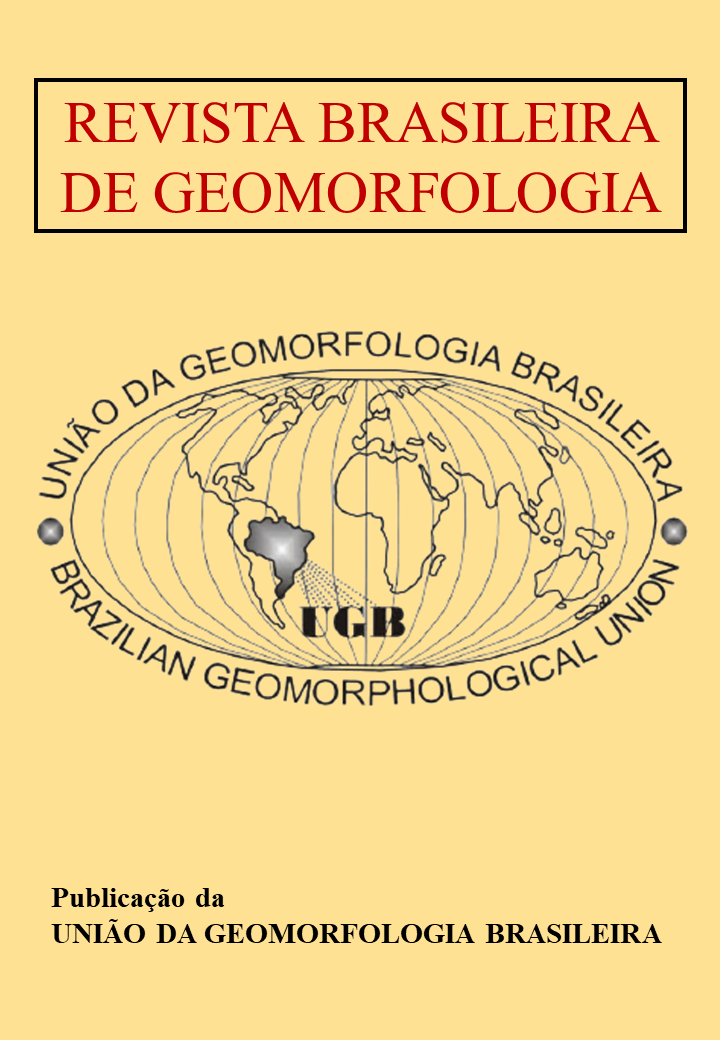Interacción entre la Vegetación y las Dunas Costeras: El Fenómeno de Greening en el Campo de Dunas de Peró, Cabo Frío (RJ)
DOI:
https://doi.org/10.20502/rbg.v26i4.2718Palabras clave:
Greening, cobertura vegetal, NDVI, Variabilidad climática, ARPResumen
The Peró dune field, located in Cabo Frio (RJ), has undergone significant morphological transformations associated with vegetation expansion over previously unvegetated sandy areas, a process known as greening. This study investigates the relationship between vegetation changes and geomorphological processes linked to this phenomenon, using multitemporal NDVI data (1984–2023), Sentinel-2 imagery (2015–2024), and high-resolution surveys with remotely piloted aircraft. The results indicate a marked increase in NDVI values over recent decades, with a 134.6% rise in the annual average between 1992 and 2023. Seasonal patterns reveal higher NDVI values during the rainy period, especially from November to February, with January and December standing out, while June recorded the highest values among dry-season months. Sentinel-2 imagery confirmed vegetation expansion in the central and southern sectors of the dune field, previously dominated by exposed sediments. High-resolution mapping shows dense patches of invasive species, the formation of human-use trails, and vegetation growth on the leeward faces of parabolic dunes, which tends to reduce the natural migration.These results indicate the combined action of environmental and anthropogenic drivers in intensifying greening, with important consequences for the conservation of this coastal environment, including the risk of accelerated stabilization of mobile dune fields, habitat homogenization, and loss of coastal geodiversity.
Descargas
Descargas
Publicado
Cómo citar
Número
Sección
Licencia

Esta obra está bajo una licencia internacional Creative Commons Atribución-NoComercial 4.0.
Autor(es) conservam os direitos de autor e concedem à revista o direito de primeira publicação, com o trabalho simultaneamente licenciado sob a Licença Creative Commons Attribution que permite a partilha do trabalho com reconhecimento da autoria e publicação inicial nesta revista.









